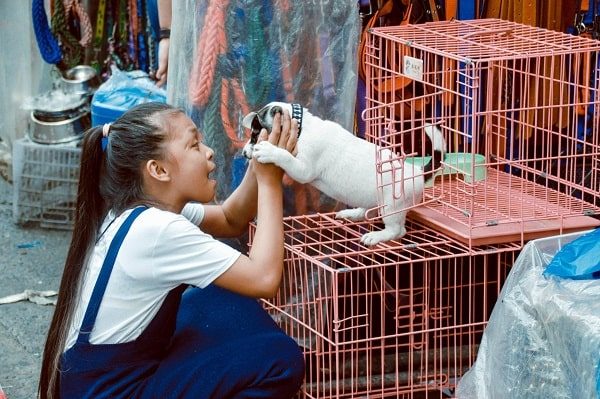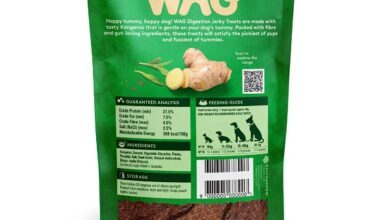
Regulations Impacting the Australian Pet Industry
The Australian pet industry, valued at billions of dollars, remains a rapidly expanding sector. As pets increasingly become integral family members, ensuring their well-being through structured regulations is pivotal.
Businesses operating in this sector must be astutely aware of these rules to guarantee both the welfare of the animals and the seamless operation of their ventures.
Let’s delve into the significant regulations that shape the Australian pet industry.
1. Animal Welfare Legislation
National and state-based laws
Australia doesn’t have a national animal welfare law. Instead, each state and territory enacts its own regulations to ensure the humane treatment of animals. These laws provide for basic animal care standards, covering aspects like proper housing, feeding, and treatment.
Role of the RSPCA
The Royal Society for the Prevention of Cruelty to Animals (RSPCA) plays a vital enforcement role. They often work in conjunction with state governments to inspect businesses, investigate cruelty reports, and ensure overall compliance.
2. Pet Breeding and Sales
Pet Shop Regulations
Pet shops must adhere to specific requirements, from the care and housing of animals to their sale. Many states stipulate that pet shops cannot sell puppies or kittens under a certain age, ensuring young animals receive adequate care during their formative weeks.
Breeding Standards
Breeders of purebreds like French Bulldogs and mixed breeds like Cavoodles are under scrutiny to maintain high standards. This includes providing appropriate living conditions, veterinary care, and ensuring that animals are not overbred.
Online Sales and Advertisements
With the digital age’s advent, many pets are sold online in Australia. Regulations now cover the clarity and truthfulness of online advertisements, ensuring potential pet owners have accurate information.
3. Import and Export of Pets
Biosecurity Laws
Australia’s biosecurity regulations are stringent to protect its unique ecosystem. Importing pets requires meeting specific health and vaccination criteria, and in some cases, animals undergo quarantine upon arrival.
Export Standards
For businesses involved in exporting pets, there are clear guidelines on animal welfare during transit, ensuring their safety and well-being.
4. Pet Food and Product Regulations
Standards and Labelling
Pet food, much like human food, is subject to specific standards in Australia. This ensures that what our pets consume is nutritious, safe, and free from harmful additives. Accurate labelling, including ingredients and nutritional information, is crucial.
Product Safety
Beyond food, other pet products like toys, bedding, and accessories must meet safety standards, ensuring they don’t pose a hazard.
5. Service Providers: Boarding, Training, and Grooming
Facility Standards
Boarding kennels, catteries, and training facilities have to adhere to guidelines that ensure pets are housed in clean, spacious, and safe environments.
Professional Qualifications
Many states require trainers and groomers to have specific qualifications or certifications, ensuring that pets are in skilled and knowledgeable hands.
6. Veterinary Regulations
Registration and Practice
Veterinarians in Australia need to be registered and must adhere to the guidelines and standards set by veterinary boards in their respective states or territories.
Animal Euthanasia
Regulations also cover the sensitive area of animal euthanasia, ensuring it’s carried out humanely and ethically.
7. Microchipping and Registration
As previously discussed, many Australian states and territories have made it mandatory for pets, especially dogs and cats, to be microchipped. This aids in identification and return of lost pets. Additionally, registering pets with local councils is often compulsory.
8. Endangered and Exotic Pets
Restricted Breeds and Species
Australia has a list of restricted or prohibited pet breeds and species, particularly to safeguard its biodiversity. These restrictions help prevent the introduction and spread of non-native species that might become invasive.
9. Pet Insurance Regulations
The Growing Need for Pet Insurance
With veterinary treatments becoming increasingly advanced, their costs are similarly on the rise. This has bolstered the significance of pet insurance in Australia. A growing number of pet owners are now seeking insurance policies to buffer against hefty medical bills.
Regulatory Oversight
Pet insurance in Australia is subject to the oversight of the Australian Prudential Regulation Authority (APRA) and the Australian Securities and Investments Commission (ASIC). These bodies ensure that pet insurance providers operate transparently and remain financially stable to honour their commitments.
Disclosure and Clarity
ASIC mandates that insurance providers offer clear product disclosure statements (PDS). This ensures pet owners understand the terms of their policies, including any exclusions, waiting periods, and benefit limits.
Dispute Resolution
Should disagreements arise between pet owners and insurers, the Australian Financial Complaints Authority (AFCA) offers a mechanism for dispute resolution. This ensures that consumers have a platform to address any grievances with their pet insurance providers.
Conclusion
Navigating the regulatory landscape of the Australian pet industry can seem overwhelming given its complexity. However, these regulations ultimately aim to ensure the welfare of pets, protect consumers, and maintain high industry standards. Businesses that remain informed and compliant not only foster trust among consumers but also contribute positively to an industry that revolves around our cherished animal companions.
For more insights into the business world and industries like the pet sector, keep exploring BusinessMedium.com.au.
